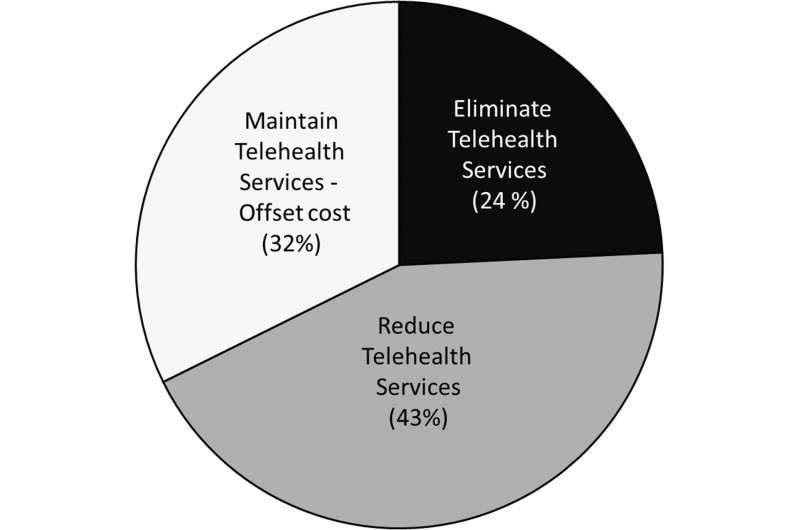
A sweeping national survey of doctors, nurses and other healthcare providers reveals that nearly 60 percent believe it’s “dangerous” to provide telehealth to older adults due to patients’ medical complexities, while another 60 percent say telehealth is an unrealistic option for seniors with physical or cognitive challenges.
These are among a host of unexpected survey findings from 7,246 U.S. clinicians who offer telehealth to older adults. The results not only shed light on perceived concerns that can impact care but point to the need for industry-wide guidance on how to improve telehealth for this fast-growing patient population.
The survey and its accompanying journal article, authored by West Health researchers and their collaborators, appear in the latest edition of Telemedicine and eHealth.
“I was shocked that so many clinicians believe it’s not safe to use remote care with seniors who have complex medical histories or disabilities,” says Liane Wardlow, Ph.D., senior director of Clinical Research and Telehealth at West Health and a lead author of the study. “Our telehealth infrastructures must be designed to account for these factors. The greatest danger of all would be to exclude older patients from remote care.”
Wardlow also found it alarming that most clinicians who responded to the survey say that people “over a certain age” can’t be cared for well using telehealth.
“To agree with such a general statement about older people is a red flag that may indicate some level of age bias,” says Wardlow, a founding member of the Collaborative for Telehealth and Aging, led by West Health. “These findings tell us loud and clear that healthcare providers need better support, more education and specialized guidelines to provide effective and equitable telehealth to older patients.”
On the bright side, the survey showed that 68 percent of clinicians say they “often” or “always” work to ensure older adults and their caregivers are prepared and understand what to expect from a telehealth encounter. And 62 percent “often” or “always” account for older adults’ physical and cognitive differences.
Telehealth use among older adults has catapulted since the start of the COVID-19 pandemic, offering benefits such as reduced costs, greater accessibility for those with mobility issues or in rural areas, and faster referral times. But research has shown that despite these benefits, many hurdles exist for older patients—hurdles that the Collaborative for Telehealth and Aging is working to address.
Source: Read Full Article
